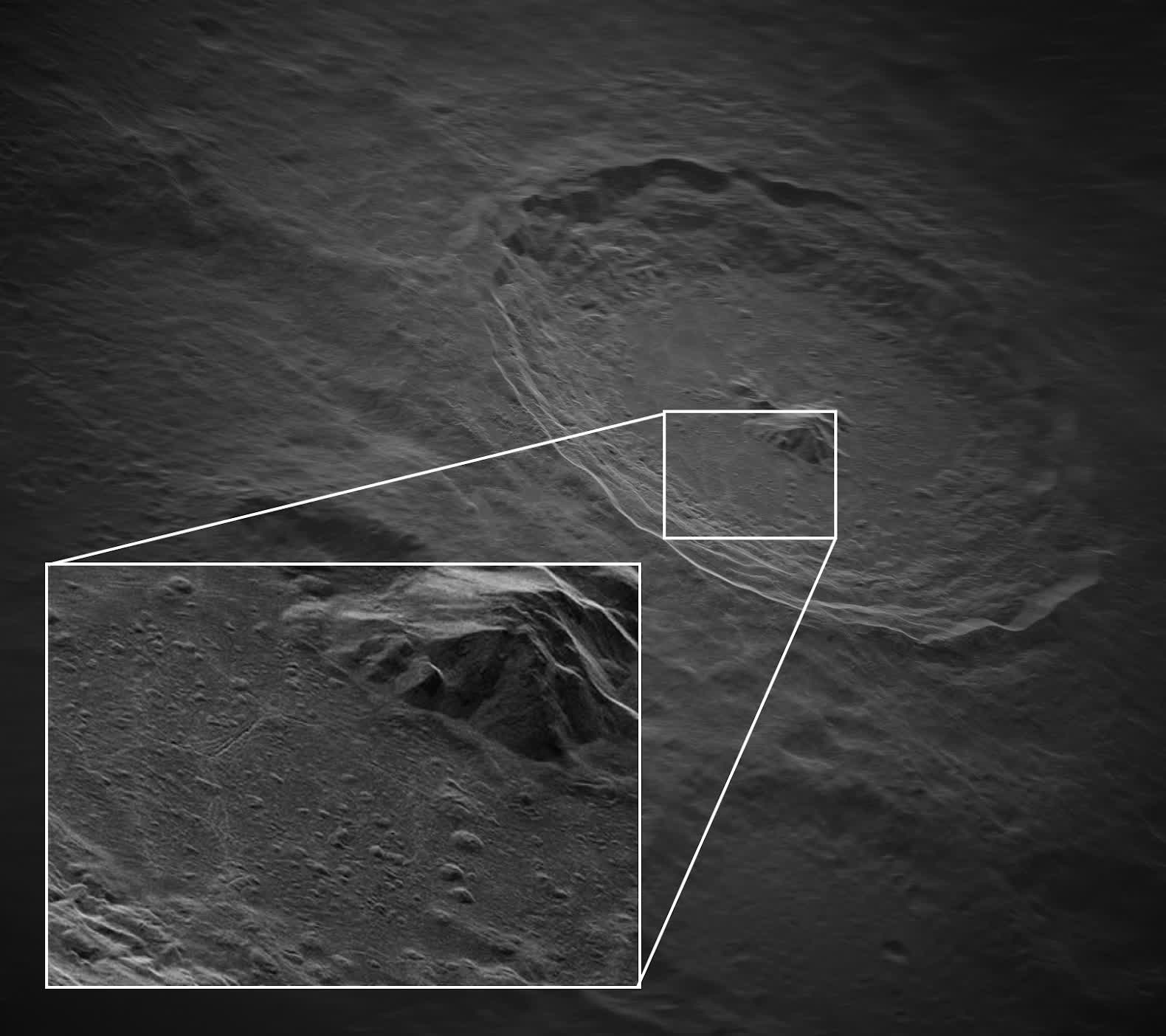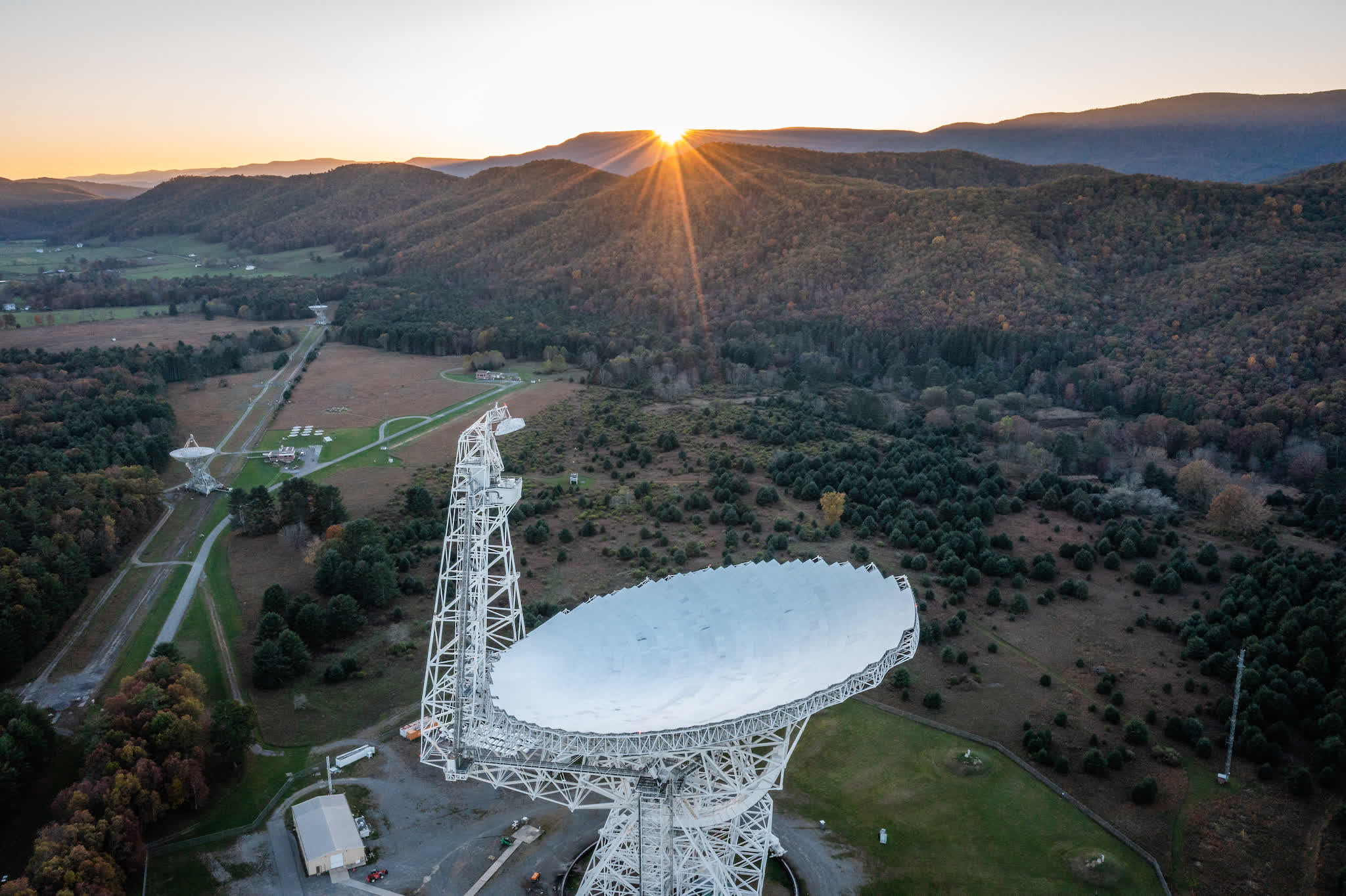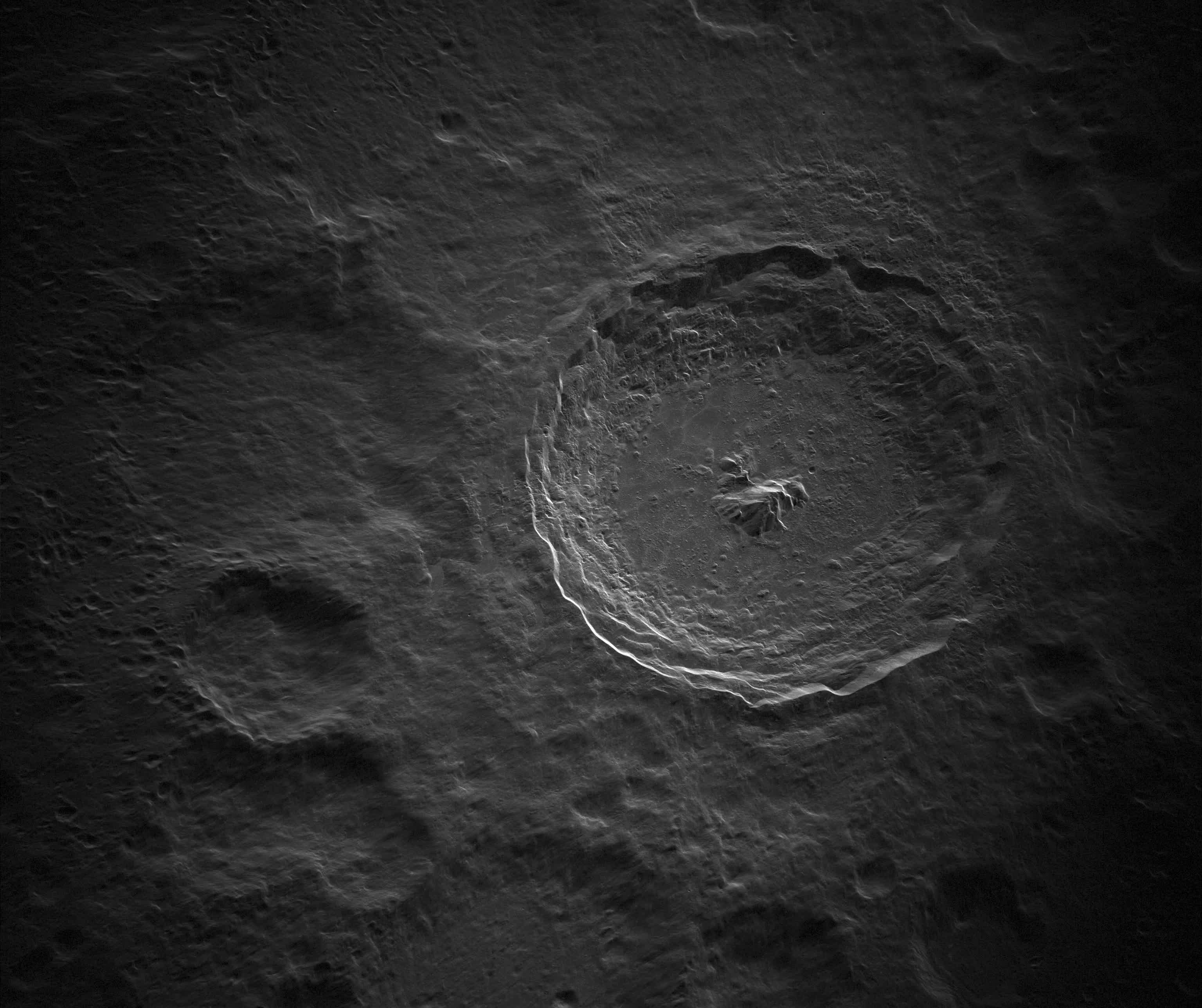Forward-looking: Using less power than an ordinary household appliance, a team of scientists was able to capture the highest resolution images of the Moon ever. Soon, researchers will have unprecedented and very powerful tools to probe the cosmos - and catch a potentially planet-killing asteroid before it strikes Earth.
Using two powerful radar-based ground installations, a joint team of scientist from the National Radio Astronomy Observatory (NRAO), the Green Bank Observatory (GBO), and Raytheon Intelligence & Space (RIS) was able to demonstrate a new, powerful technology for space observation and probing. The prototype system provided impressive results, and the scientists are confident the full-power system being designed right now will enable even more capabilities for scientific research and beyond.
Announced in the past weeks and later spotted by gHacks, the project employed a low-power radar transmitter with up to 700 watts of output power at 13.9 GHz that was designed by RIS. It was tested on the Green Bank Telescope (GBT), the world's largest fully steerable radio telescope located in West Virginia, and aimed at the Moon's surface. Radar echoes were received with NRAO's Very Long Baseline Array (VLBA) network of 10 radio antennas located in New Mexico.

By using less energy than a common microwave oven, the researchers said, the prototype system was able to capture a 5-meter resolution image of the Tycho crater on the Moon's surface. The image showed unprecedented detail for a ground-based observatory, an "amazing" result never achieved before according to head of radar division for GBO and NRAO Patrick Taylor.
The prototype system is just the beginning for a potential new frontier in ground-based space probing. The scientists are still working on the design of the full-power system, which will use 500 kilowatts on the Ku-band (13.7 GHz) to achieve nearly 1,000 times the output power and "several times the waveform bandwidth" (up to 600 MHz) for even higher resolution imaging capabilities.

The researchers highlighted the extreme usefulness of such a system, as astronomers and space gazers could use the radar tech to detect, track and profile "potentially hazardous objects" that could impact Earth. In early tests, the prototype was able to "zero in on an asteroid 2.1 million kilometers away from us," which is more than five times the distance from the Earth to the Moon.
With the higher-power system, scientists will be able to study objects that are much further away. When it comes to preparing strategies for possible impacts, "having more warning time is everything."
The radar system will be very useful for planetary scientists as well, offering a substantial advancement for astrometry, imaging and physical profiling activities targeting planets and other objects lurking in our own solar system.
